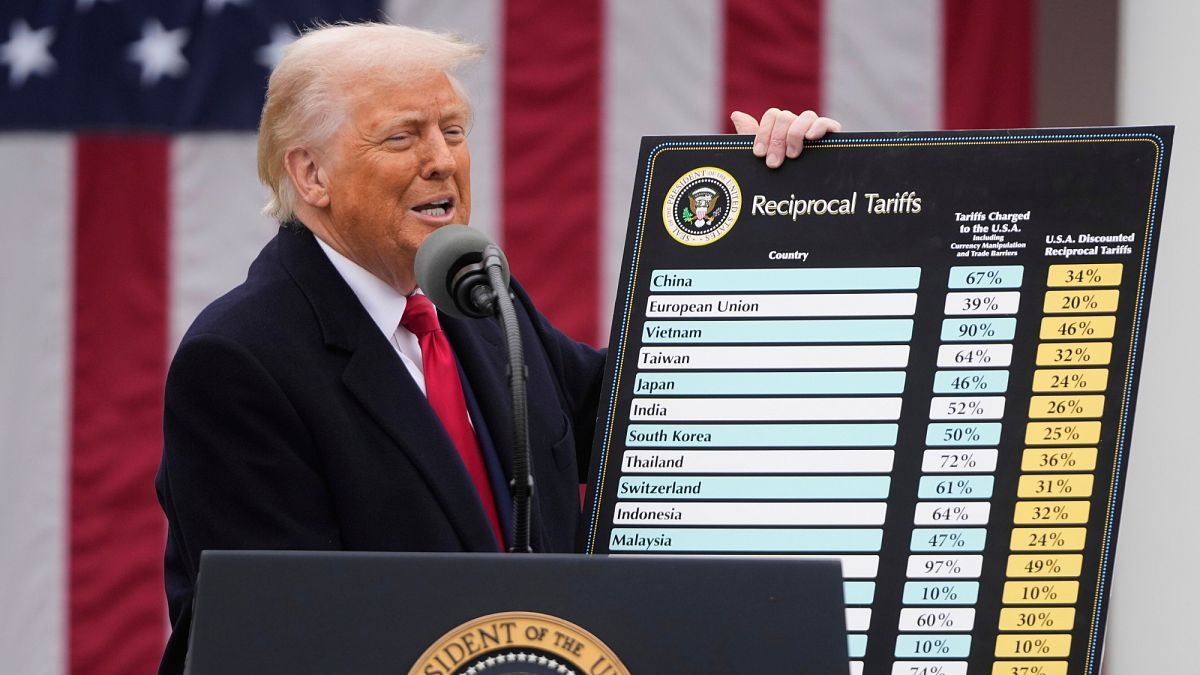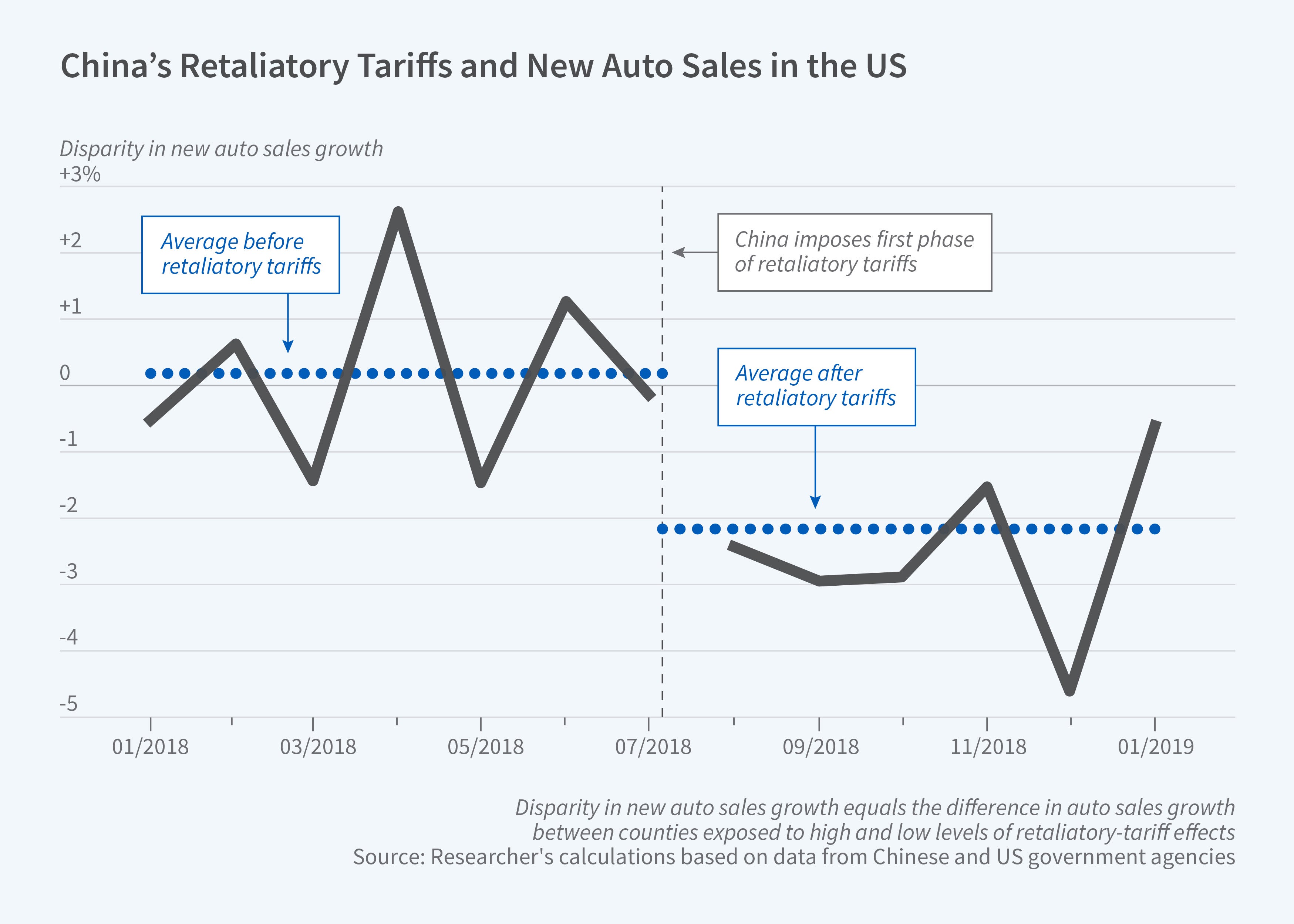President Donald J. Trump has made a bold move to reshape the U.S. economic landscape by declaring a national emergency. His goal is clear: address persistent trade deficits, reduce risky reliance on global supply chains, and end unfair overseas practices. Under the International Emergency Economic Powers Act (IEEPA), he initiated a sweeping tariff—starting with a 10% duty on imports from all countries at 12:01 a.m. EDT on April 5, 2025—with additional targeted reciprocal tariffs for nations with significant U.S. deficits set to kick in on April 9, 2025. This decisive action is meant to revive American manufacturing and secure our national interests by lessening our dependence on foreign suppliers.
An America First Trade Agenda in Full Swing
 President Donald Trump speaks during an event to announce new tariffs in the Rose Garden at the White House, Wednesday, April 2, 2025, in Washington.
- Copyright AP Photo/Mark Schiefelbein [AP Photo/Mark Schiefelbein]
President Donald Trump speaks during an event to announce new tariffs in the Rose Garden at the White House, Wednesday, April 2, 2025, in Washington.
- Copyright AP Photo/Mark Schiefelbein [AP Photo/Mark Schiefelbein]
White House reports emphasize that these tariffs are designed to address serious economic and security issues. After a staggering $1.2 trillion trade deficit in 2024, countless American manufacturing jobs have migrated overseas. Under our current global trading system, other nations have leveraged high duties and strict regulations to burden U.S. exporters with extra costs. In response, President Trump has vowed that American workers, manufacturers, farmers, and service providers will no longer be sidelined. The new measures include carefully planned exemptions for sensitive sectors like steel, aluminum, and auto parts (already under Section 232 measures) with the goal of reshoring production and sparking domestic innovation, all while insisting on fairness from trading partners.
China’s Swift Retaliation
It didn’t take long for China to hit back. Beijing responded by announcing a robust 34% tariff on all U.S. goods starting April 10, and further imposed export restrictions on critical rare earth elements such as samarium, gadolinium, and dysprosium. These materials are vital for manufacturing high-tech products, defense equipment, and batteries for electric vehicles. Additionally, American firms, especially those in the defense sector, have been added to China’s so-called “unreliable entity” list. Chinese officials accuse the U.S. move of being nothing more than unilateral bullying, arguing that these tariffs not only harm China’s interests but also risk provoking more measured retaliatory actions.
Economic Impact and Federal Reserve Concerns
 How Have China's Retaliatory Tariffs Affected US Consumption? | NBER
How Have China's Retaliatory Tariffs Affected US Consumption? | NBER
At a recent conference in Arlington, Fed Chair Jerome Powell noted that the tariffs are more imposing than most had anticipated. He cautioned that these measures will likely result in higher consumer prices in the near term. While Powell is confident that long-term inflation will stabilize around the Fed’s 2% target, he warned that temporary price surges could persist, especially as supply chain hiccups and reduced competition take hold. Despite a relatively strong labor market—with unemployment around 4.2% and steady job growth—there is growing anxiety that policy uncertainty and rising costs could eventually dampen economic momentum.
Historical Echoes and Cautionary Risks
Trump’s dramatic tariffs draw comparisons with historical protectionist policies like the Smoot-Hawley Tariff Act of 1930. Critics warn that such aggressive measures risk triggering the kind of negative outcomes witnessed during the Great Depression, when similar policies exacerbated economic downturns. Although Washington claims these actions are necessary to correct decades-long imbalances and safeguard American jobs, there is genuine worry that ongoing retaliatory measures might ignite a prolonged trade war, ultimately unsettling global economic stability.
A comprehensive report supporting the America First Trade Policy further details additional initiatives, including the creation of an External Revenue Service to modernize tariff collection, a thorough review of trade agreements like the USMCA, and investigations into currency manipulation and extraterritorial taxation. These proposals underscore the administration’s steadfast resolve to reorder international trade on terms that insist, in President Trump’s words, that other nations “Treat us like we treat you.”
Market Reactions and the Road Ahead
The markets reacted immediately and dramatically. U.S. stock indices plunged into correction territory right after the tariff announcement. Major benchmarks such as the Dow Jones, S&P 500, and Nasdaq Composite suffered significant declines, collectively erasing trillions in market value. While some analysts from firms like J.P. Morgan and Nationwide see long-term benefits like stronger domestic production and job creation, others worry about immediate challenges. With potential increases in inflation, reduced consumer spending, and a risk of slower growth, businesses across sectors—from automotive to tech—are scrambling to adjust their operations and supply chains.
In Conclusion
In what many are calling a historic policy shift, President Trump’s bold declaration of a national emergency and the rollout of wide-ranging tariffs mark a new era in U.S. trade policy. These measures are set to correct longstanding trade imbalances, breathe new life into American manufacturing, and fortify national security. Yet, as China retaliates and global markets brace for impact, the long-term effects remain uncertain. With inflationary pressures mounting and echoes of protectionism from the past resonating today, the economic landscape is bracing for a period of significant adjustment. As we move forward, one can’t help but ask: in an era of shifting global power, what does fair trade and true economic sovereignty mean to you?